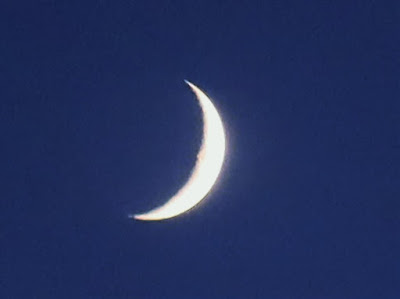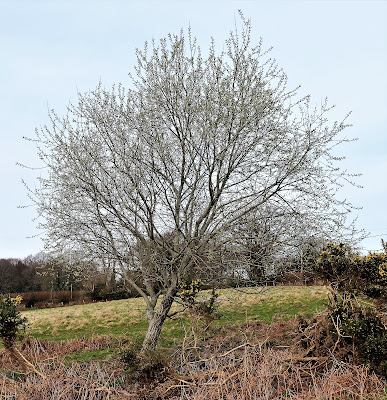Mr.
Richardson was our part-time gardener when we lived at the Green Walk in
Chingford, north London in the 1940s. He
used to come round a couple of times a week for an afternoon’s jobbing
work. As a small boy I would often
‘help’ him with his rather set routine.
He would cut the large back lawn with a huge push mower that purred over
the grass leaving it beautifully striped with silvery and darker green. He would weed the herbaceous borders with
their helianthemums and Michaelmas daisies and the vegetable patch towards the
end of the garden. He had a compost heap
and a shed down there too, the latter filled with all sorts of intriguing
objects like trowels, trugs, spades, sieves, forks, rakes, hoes and long, buff
horsetails of bast. This was raffia
bast, used for tying plants and binding taller stems. There were also boxes and drawers of assorted
nails and screws and a strong smell of creosote used for painting the close
boarded fences around the garden.
The compost
heap was enclosed by large broken lumps of concrete. These must, I think, have come from a
demolished World War II air raid shelter.
Behind it, the remotest feature of the garden, was a mature laburnum
tree which I regularly used to climb so that I could survey the back gardens of
the houses in Mount View Road. I
remembered these from when a V2 bomb landed nearby in about 1944 and blew the
backs of several of the Mount View properties, leaving them like dolls houses
with one side removed. I fell out of the
laburnum once when a dead branch broke, but made a soft landing on the compost
heap though I grazed my head slightly on one of the sharp edges of a concrete
boulder.
One of the
finest features of the garden was four or five pear trees on the fences to the
east and west of the large lawn. These
had been trained as espaliers, with lateral branches reaching out horizontally,
herring bone style against the fence. In
winter the year’s growth would be carefully pruned back to retain the shape of
the trees and generate fruiting spurs for the summer’s pears.
This reminds
me now of the well-known passage from Czech writer Milan Kundera’s The Book of Laughter and
Forgetting:
One
night, for example, the tanks of a huge neighbouring country came and occupied
their country [a
reference to the 1968 Russian invasion of Czechoslovakia]. The shock was so
great, so terrible, that for a long time no one could think about anything
else. It was August, and the pears in their garden were nearly ripe. The week
before, Mother had invited the local pharmacist to come and pick them. He never
came, never even apologized. The fact that Mother refused to forgive him drove
Karel and Marketa crazy. Everybody's thinking about tanks, and all you can
think about is pears, they yelled. And when shortly afterwards they moved away,
they took the memory of her pettiness with them.
But are tanks really more important than pears? As time passed, Karel realized
that the answer was not so obvious as he had once thought, and he began
sympathizing secretly with Mother's perspective--a big pear in the foreground
and somewhere off in the distance a tank, tiny as a ladybug, ready at any
moment to take wing and disappear from sight. So Mother was right after all:
tanks are mortal, pears eternal.
Halfway
through his afternoon stints, Mr Richardson would come indoors for a cup of tea
and one of my grandmother’s rock cakes.
He usually wore a waistcoat over a striped shirt and would take his flat
cap off. He sat on a heavy slat-backed
carver chair at the end of the wooden kitchen table and I was always intrigued
by the fact that he had lost a finger on one hand so that he held cup and cake
in an unusual way. The chair followed us
for many years, but gradually fell to pieces and finally expired on a bonfire,
the kind of bonfire Mr Richardson would
have approved of, in about 2010.
Mr. Richardson, a kindly straightforward man who left a strong impression on me, lived with his wife (I remember no children) in Willow Street, Chingford, a small suburban road with terraced houses on either side built after the railway reached Chingford. It was about quarter of a mile from our house.





















